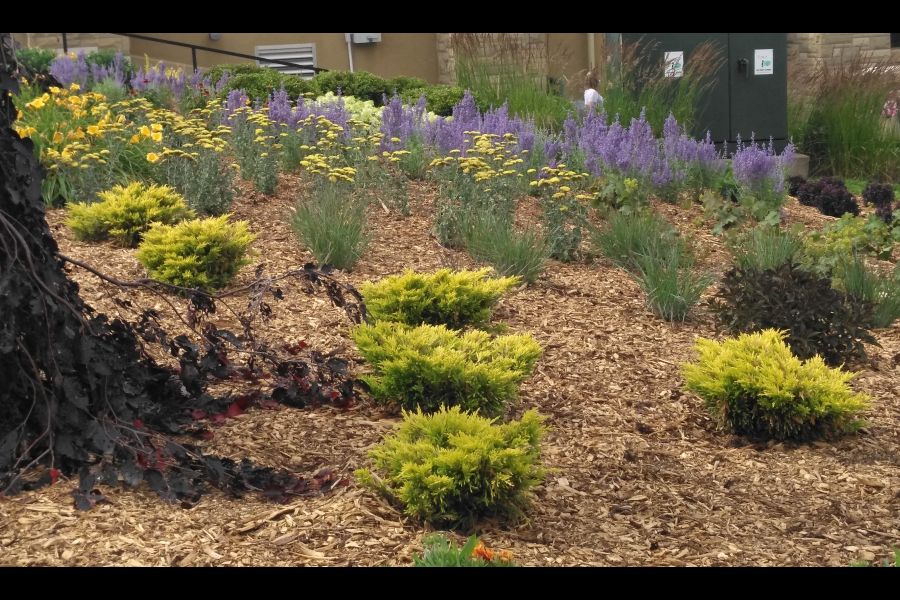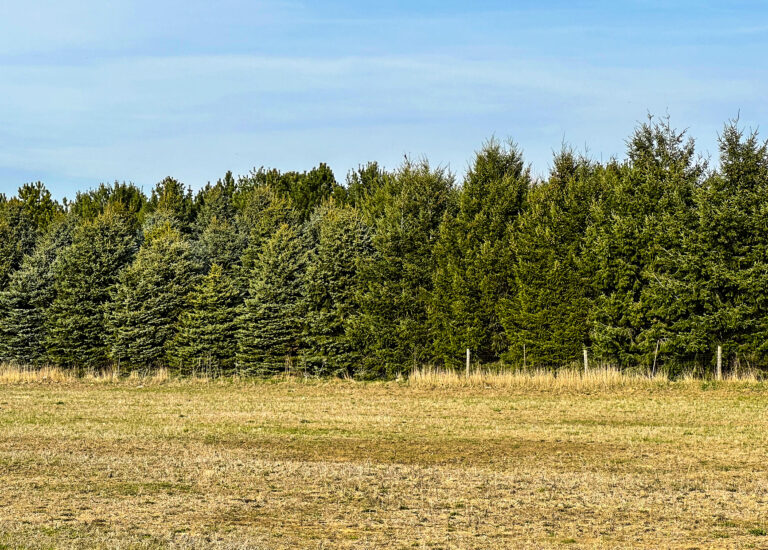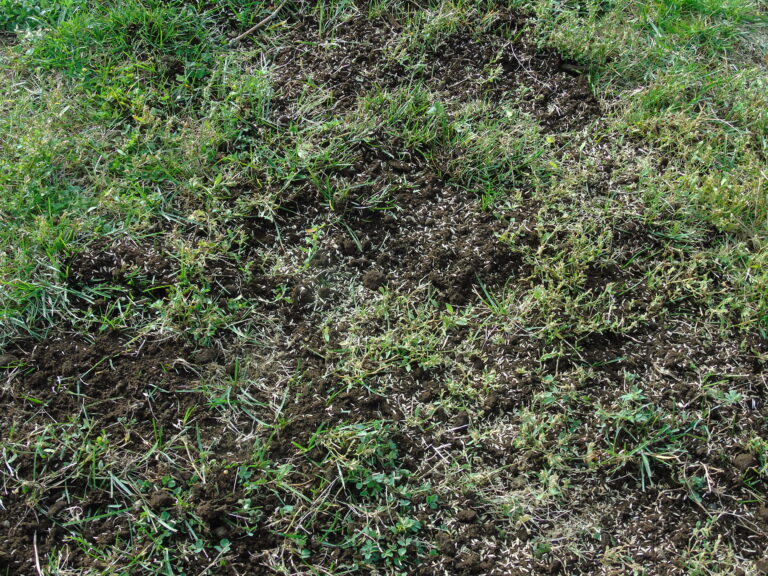With the new year comes an opportunity to set new goals for the year ahead. This includes setting new goals for your garden as well.
Even though I am sitting here looking out the window right now and can still see an uncharacteristically green lawn, winter is a great time to be planning changes that you would like to make in your garden this next growing season.
Most people that I talk with are unhappy with the way their garden looks – or at least an area of their garden.
They find it hard, though, to put their finger on what it is that isn’t working. They just know that they would like to up their game to create the garden of their dreams.
I often hear people say, “I planted all of my favourite plants, but I am still not pleased with the results.”
A good garden is so much more than just a collection of plants. There are many factors to consider when designing a garden, such as:
Does your garden convey your desired style?
Are the lines of your garden pleasing to the eye?
Does your garden capture people’s attention as they enter it?
Step 1: Develop A Critical Eye
Sometimes, when you have been looking at the same landscape for many years, it can be very difficult to imagine it any other way. You have been looking at the same overgrown spreading junipers for so long that they have just become part of view.
Whether you are renovating an old landscape or starting from scratch, you need to develop a critical eye; that is to try to look at what is there with new eyes.
Start to look closer at things. Are plants blocking the view to the front door? Have plants become so large that they are overwhelming the house? Is your concrete walkway all cracked and uneven? Are there any eyesores that need to be hidden?
One of the best ways to start seeing things differently is by taking photos of the area and then studying the pictures. By looking at a photo of your garden, you can be more removed and objective about what it is that you are seeing.
Step 2: Analyze Your Site
The next step would be to analyze your site, which means taking inventory of what you have to work with. Are there any plants that you want to keep? Are there plants that need to be taken out?
Do walkways or patios need to be replaced? Are there any problem areas that need to be addressed (e.g. drainage, privacy issues, ugly views)? Does your present landscape meet your needs and wishes? Analyze the sun patterns in the yard. What areas get morning sun or afternoon sun?
Step 3: Make A Wish List
The third step is to write down a list of everything that you would like to see incorporated in your garden – covered sitting area, water feature, attracting birds, vegetable garden, better curb appeal, etc.
Don’t be afraid to include items that seem unattainable, with proper planning those things may become possible. The only limitation is your imagination. Once you have analyzed your site and have your wish list in front of you, the planning can begin.
Over the next few weeks I will be writing about the Five Senses of Garden Design, looking at what you need to incorporate into your garden in order to make it the space that you desire.
Joanne Young is a Niagara-on-the-Lake garden expert and coach. See her website at joanneyoung.ca.











